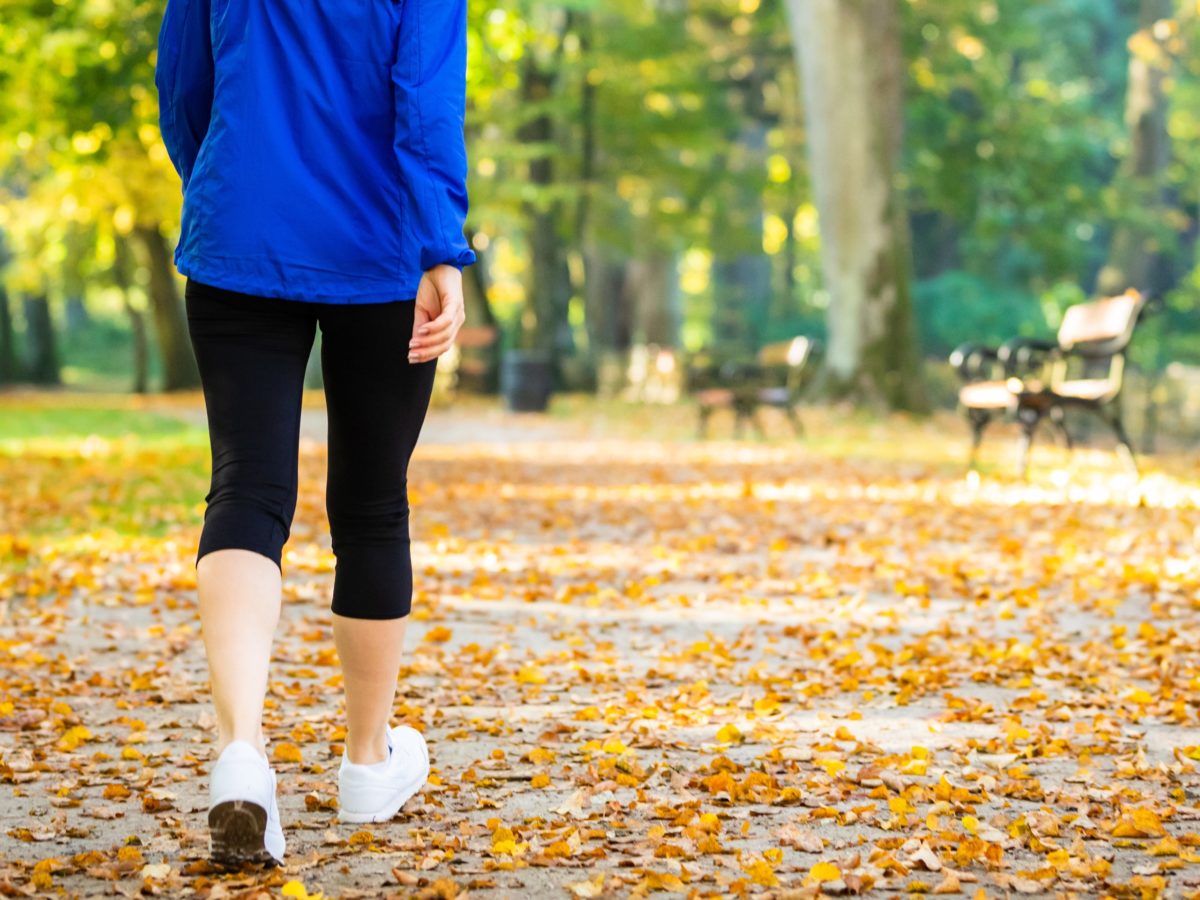
Featured Item

How COVID-19 lockdown turned eating upside down
Families baking cakes, icing drive-by party cupcakes, and fermenting sourdough starters was one of the more celebratory public images of the COVID-19 lockdown. However, for some, the isolation and disruption in routine helped to trigger a struggle with food, the effects of which continue to linger more than a year afterwards.
“My coping mechanism is eating and food, and that’s what I turned to during lockdown,” reflects Lynn (name changed), a 40-something-year-old from Johannesburg.
“The stress was on us because we had our business that had to keep running. After work, I would just come home and binge. The cycle started – I went into a mindset where I wasn’t even thinking. This period has been like a dream; a surreal situation.”
Lynn says she has never had a “calm or peaceful” relationship with food, but lockdown triggered an extreme manifestation of this.
In the beginning, she and her family were gung-ho at the idea of using the time to focus on well-being. “I remember that first week of being home, we were like, ‘Oh cool, we’re going to start exercise routines and create healthy meals.’
“Then, I don’t know what happened. I’ve always been a secret eater. If you asked my husband, he would say that I hardly eat junk food, but during lockdown, I didn’t care. I was eating junk food in front of him. When we went to the shops, I would buy junk food with the intention that it was all for me.”
Lynn tried to counteract this by going on a strict diet for three months at the end of last year, but she slipped again. “At the moment, it’s one of the biggest struggles. I’m just so tired. It totally controls your life.”
Psychologist Liane Lurie and dietician Lila Bruk say that Lynn isn’t alone in her struggle with food during lockdown.
Lurie says it’s important to note that while there has been a rise in reported cases of eating disorders during COVID-19, the exact cause of such a condition is never completely known. “It’s unclear as to whether the pandemic itself has given rise to new cases, or whether the person presenting for treatment already had the makings of an eating disorder beforehand.”
Bruk notes that along with officially diagnosed eating disorders, others have been unsettled by “disordered eating” during this time. This, she says, is when one exhibits behaviours that show a preoccupation with eating, weight, exercise, body shape, and so on, but doesn’t fulfil the definitive criteria of an eating disorder. An example is when a person begins to feel overwhelming guilt or the need to overcompensate with exercise or skipping a meal after they believe they have overindulged.
Either way, the consequences can be devastating for the person suffering.
Although the specific roots of eating problems are established on a case-by-case basis, Bruk says there are elements of lockdown that certainly exacerbated the struggle.
Even in normal circumstances, a big trigger for eating disorders is isolation. “There can be a sense of discomfort and in those moments, people feel overwhelmed and everything feels heightened, even warped. COVID-19 really ruined the sense of well-being for some, their sense of control over their environment, and food is one thing that people can control.”
As Lurie notes, what becomes difficult is that physically ,“once your weight begins to drop or rise below or above a certain point, cognitive and metabolic changes take place. Restriction and bingeing become sources of serotonin, and the addictive cycle is hard to break. Decisions about food, weight, and general eating become exceptionally difficult to make, particularly for those who are malnourished.”
Lurie and Bruk both express particular concern about the effect that lockdown has had on adolescents and children.
Among adolescents, Bruk has seen an “intensity in how quickly eating disorders manifested to a severe level. Normally, a parent would bring in a teenager who was exhibiting some concerning tendencies in their eating over some time; now the adolescent would already have quickly found themselves experiencing extreme levels of body dissatisfaction and obsession with food and/or exercise to the degree they would already be diagnosed as a disorder.”
Lurie says the number of eating disorders during lockdown concerning adolescents and children is “alarming”.
“Adolescents during the harder lockdowns were confined to remote learning, cut off from their social support, and had opportunities, like adults, for more social-media exposure.”
She mentions slogans like “avoid the quarantine 15 [pound weight gain]” as well as “people posting pictures of their stringent lockdown exercise and diet routines” as contributing to problematic eating habits.
Already, Bruk says, adolescents often have distorted perceptions of their bodies. For example, when presented with images that show a spectrum of body sizes from thinnest to largest and asked to choose the figure that most closely resembles themselves, many choose a figure that’s several sizes larger than their actual body shape. Similarly, when asked to select the figure that most closely matches their ideal size, they often select the figure that would be classified as unhealthily thin.
During COVID-19, there seemed to be peer pressure among friends to use the time away from school to overhaul themselves, often in unrealistic ways. “The general impression shared was, ‘Okay, we’re not going to be at school for the next few months, and when I come back, I’m going to go through a ‘glow-up’ – I’m going to look amazing.’”
Both Lurie and Bruk urge anyone who is concerned about their own or a family member’s eating patterns to seek help as quickly as possible.
“We know that the sooner an intervention takes place the better the prognosis, and encourage anyone battling or their families to reach out for help as soon as possible,” says Lurie.
“Many feel lost and helpless when they have a family member who is suffering from an eating disorder. There is often a long road ahead, but with the right support, recovery is possible,” Bruk says.
Sometimes these problems require a holistic approach.
“We always recommend a multidisciplinary approach in the form of a psychologist, psychiatrist, or general practitioner as well as a dietitian to monitor all aspects of these disorders and hopefully facilitate a recovery process,” says Lurie.
Five ways back to well-being
Bruk offers some starting pointers to rebalance eating habits:
1. Keep a food diary. Write down when and what you eat, as well as what you are feeling at the time of the meal. “It’s a useful tool to get back on track, as well as create mindfulness around eating.”
2. Try to identify the feeling of hunger. We slip into eating for so many other reasons besides actually fuelling our body that we need to try and connect to its core function again. “Check in with yourself at different points in the day, especially before a meal, as to whether you actually do feel hungry and what this experience feels like for you.”
3. Take it one meal at a time. Make changing your eating habits feel manageable by not trying to overhaul everything at once. “Commit yourself to a good breakfast. Then commit to the same for the following snack or meal, and so on. Otherwise, you will simply get too stressed.”
4. Do any form of exercise that feels good to you. “Getting active helps you get you back in touch with your body and release stress.”
5. For parents who are concerned about their children’s eating habits, keep communication open. Be careful how you comment on your child’s body, even positively. Also avoid slipping into conflict situations such as begging your child to eat more or less. “This is such a delicate situation and is often linked to so many other family dynamics. Sometimes it’s best to get outside help that can help navigate the situation from a different perspective.”










